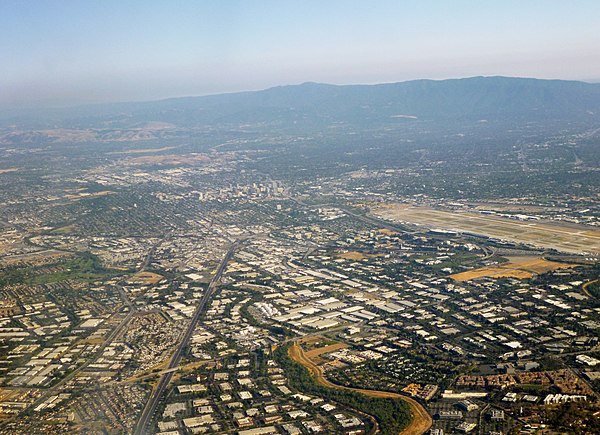With California’s minimum wage set to increase to $13 an hour in 2020, a number of cities in the state, especially in the Bay Area have enacted similar local ordinances. The state’s increase applies to employers with 26 or more employees; for employers with fewer than 26 employees, the minimum wage will be $12 an hour. The state’s minimum wage has increased every year over the past four years and is set to reach $15 an hour in 2022 for large employers, and 2023 all employers.
Effective Jan. 1, Sunnyvale’s minimum wage will rise to $16.05 an hour —the highest in the country — up from $15.65. The City of Santa Clara’s current lowest rate of pay is $15 an hour and will be $15.40 at the start of the year. These increases, which are in step with minimum wage ordinances passed in prior years that included annual adjustments based on the Consumer Price Index, put Sunnyvale and Santa Clara among the most competitive in Santa Clara County regarding the lowest legal wage.
As of January, Sunnyvale and Mountain View will lead the pack at $16.05 hourly wage, followed by Santa Clara, Palo Alto, Los Altos and Milpitas at $15.40. San Jose will bump its minimum wage from $15 to $15.25 an hour, and Cupertino will increase from $15 to $15.35. The remainder of the county’s main municipalities will have a one dollar increase from $12 to $13 an hour.
According to University of California Berkeley’s Labor Center, prior to 2012 only five municipalities in the country had minimum wage laws and now 51 counties and cities do. Although minimum wage laws can strain some small businesses and restaurants, in places like the Bay Area with sky-high rents and expensive transportation costs, they can also provide some financial relief for those at the bottom of the wage strata.
In passing the ordinance, City of Santa Clara lawmakers determined that it could increase earnings for 250,000 workers, raise average annual earnings of affected workers by 19.4 percent, slightly increase average retail prices in the county, and help keep workers and families out of poverty. They also found that it could have a slightly negative impact on job growth at the county level, but that the affect would be negligible at the regional level. The City requires employers to post notice of the minimum wage rates in the workplace and maintain payroll records for four years.
Minimum wage increases alone don’t ensure that workers receive the additional income. The City of Santa Clara contracts with the City of San Jose for enforcement of the ordinance under that City’s Office of Equality Assurance. This fall the County of Santa Clara created a new Office of Labor Standards Enforcement to protect low wage food service workers from wage theft. The office has the capability to suspend permits of businesses that haven’t paid workers what they’re owed. The type of wage theft typically committed is failure to pay overtime, the current minimum wage or for all hours worked.
According to a report by the University of California Santa Cruz and Santa Clara Law, the average worker loses 15 percent of their annual wages to wage theft each year nationally. They also found that such theft is rampant in Santa Clara County especially in food service and construction industries — with the San Jose office of the California Labor Commissioner handling 300 enforcement claims brought by workers in the county every month.







